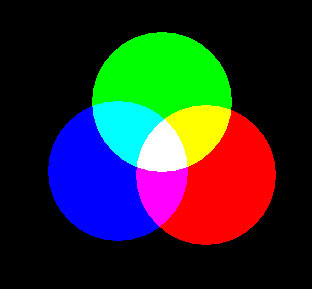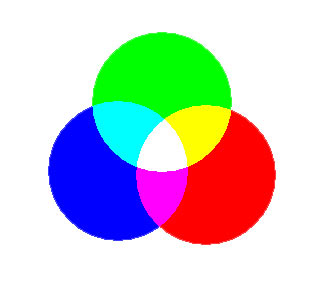3D
|
It's time to get out those funny red and blue glasses!
These images are anaglyphs. They are composite images made up
of two separate images taken from different perspectives. These images
are then merged electronically into a single image for presentation that
is then separated back into two images, one for each eye, by the special glasses
and colored filters.
Technical details: If you want to look at the 3D picture now, go
ahead! The details here won't change your experience. The blue
lens in your 3D glasses is not really blue. It is a product of additive
colors, the combining of blue and green resulting in CYAN. When the
images are processed in RGB (Red Green Blue) on the computer, the Red channel
of one image is removed, leaving cyan. The red channel is then replaced
with the red channel from the image taken from a different perspective. The
red image is invisible to the eye with the red filter. The cyan image
is invisible to the eye with the cyan filter. Because you end up with
discreet images, your eyes function independently much as they do when you
are observing a three dimensional scene in person.
Because color plays such an important role in
photographic anaglyphs, it is very difficult to produce full color anaglyphs.
The success of a color anaglyph is entirely dependent on the colors
present in the actual scene. Greens and yellows render well, blue a
little less so, and red is a disaster. Scenes containing large amounts
red must be converted to black & white before conversion to anaglyphs.
For more information, visit my stereographic photography web page, or visit my online 3D
photo galleries.
|

